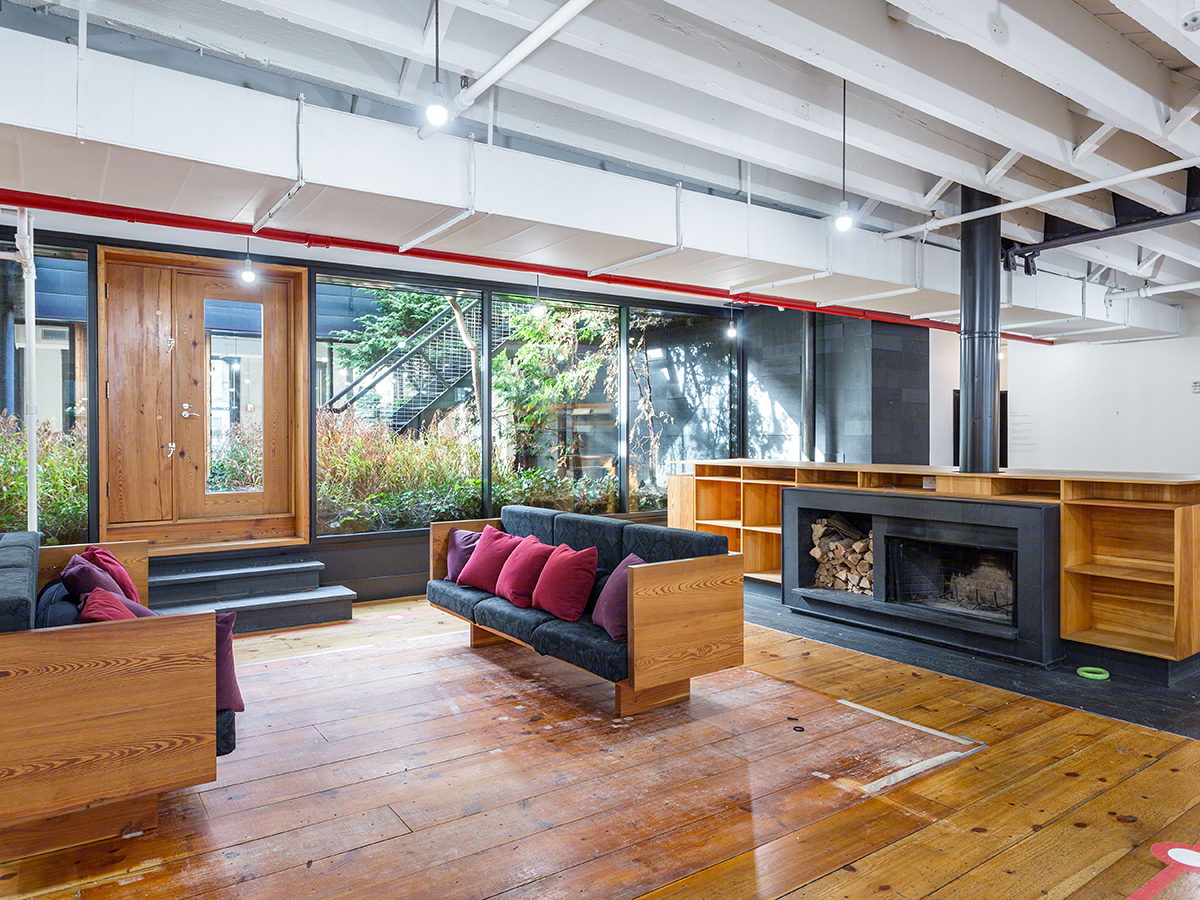New Tax Code’s Impact on Net-Leased Retail Investment Strategies
A new Marcus & Millichap report looks at how retail owners continue to adapt to the restrictions on business interest deductions and other changes in the tax law.
By Gail Kalinoski

Scott Holmes, Marcus & Millichap
The new federal tax law approved late last year by Congress continues to impact the net-lease retail sector, first slowing sales velocity as investors waited to see the details and now refining some strategies, particularly the use of sale-leasebacks, according to a new Marcus & Millichap report, The Second Half 2018 National Net-Leased Retail Report.
The report states the most influential change in the tax code could be the new restriction on business interest deductions. The report notes this could lead to more companies using sale-leasebacks because lease expenses remain fully deductible. It could also open the door for reinvestment into existing assets and investment in new plans as more capital becomes available.
“Changes to the tax code could encourage some companies to utilize sale-leasebacks. With new restrictions on business interest deductions and the preservation of fully deductible lease expenses, selling real estate to investors and leasing it back from them may maximize profitability for some businesses,” Scott Holmes, senior vice president & national director of National Retail Group at Marcus & Millichap, told Commercial Property Executive.
The report also touched on other impacts the Tax Cuts and Jobs Act of 2017 has had on the net-leased retail sector, including on 1031 exchanges, a commonly used practice for single-tenant net-leased investors. Investors were relieved this tax provision was retained because it allows owners “to swap out management-intensive assets for properties that involve a more passive approach while deferring the capital gains tax,” according to the report.
Retention of key provisions such as the tax-deferred exchanges, real estate depreciation and mortgage interest deduction should continue to keep investor interest strong for single-tenant net-leased retail assets and sales activity is expected to increase. However, finding available space to meet the demand may be a problem. The report notes available space will contract this year for the ninth consecutive year, pushing national vacancy down to 4.3 percent in 2018. New construction is slowing as about 36 million square feet will be completed this year. The lack of supply could lead to rent increases of 4.2 percent to an average of $21.18 per square foot compared to the previous five-year average of 3.2 percent.
Retailers are also changing their strategies when it comes to product selection. One growing trend, according to the report, is the increased demand for convenience items. Even drug stores and dollar stores are offering more convenience products such as grab-and-go sandwiches and beverage bars, the report noted.
“Changes to become more convenience-oriented have supported increased foot traffic and improved sales,” Holmes said.
Watching rates
Despite the good news on the economy, investors are keeping a watchful eye on interest rates and the 10-year Treasury numbers. “The economy has been recovering annually since 2009 and has recently been energized by the new tax law. In turn, this vibrant growth has supported low unemployment, rising wages and a strong boost to retail sales; however, with these tailwinds comes inflationary risk. Because of this, the Federal Reserve will seek to trim inflation with additional rate hikes,” Holmes said.
The report notes that the Fed’s stated path of rate hikes “does raise recessionary risk levels because it could weigh on confidence levels and restrain spending by consumers and businesses, thus slowing economic growth.” It also states that while capital markets remain plentiful, lending could tighten quickly if interest rates rise rapidly pointing to a period in late 2016 when the 10-year rose by more than 80 basis points in 60 days and another time earlier this year when there was a 60-basis point surge.
On Thursday, the 10-year Treasury note yield reached its highest level since 2011, breaking above 3.2 percent and sending the Dow down 356 points in the day’s low.
“Historically, there has been little correlation between cap rates and Treasuries, as each is influenced by unique capital flows. However, the recent increase in the 10-Year Treasury yield and its impact on borrowing costs will tighten the yield spread, potentially reducing net-leased buyer willingness to meet asking prices, even as positive operating dynamics remain in place. This could widen an expectation gap, especially if rates increase significantly in a short period of time,” Holmes told CPE last night.
Earlier this week, a report from The Boulder Group noted the continued upward movement in retail net lease property cap rates was due to the movement in the 10-year Treasury yield. The company’s Third Quarter 2018 Net Lease Report stated that increase would have the most impact on the weakest of net lease properties, such as those with no rent escalations, weak credit tenants and locations in secondary or tertiary markets.
Image courtesy of Marcus & Millichap







You must be logged in to post a comment.